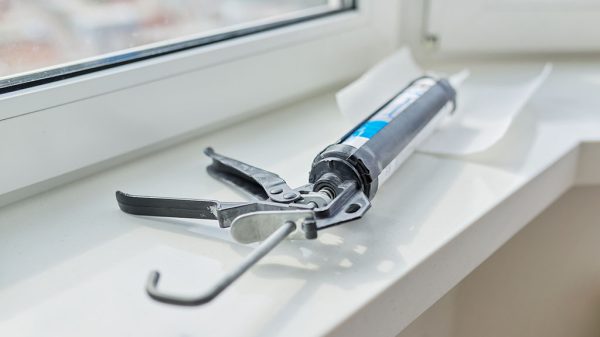Safeguarding Against Break-Ins: Window Security Upgrades
Introduction
When it comes to home security, most people focus on the obvious: door locks, alarm systems, and security cameras. However, windows—often the Achilles’ heel of residential security—rarely get the attention they deserve. Break-ins often occur through windows, whether they are left open, inadequately secured, or even forcibly broken. Understanding this vulnerability, this comprehensive blog post aims to shed light on window security upgrades that can safeguard your home against potential break-ins.
The Importance of Window Security
Overlooked Entry Points
Windows are frequently overlooked when assessing the overall security of a home, but they offer an enticing point of entry for burglars. According to the Federal Bureau of Investigation (FBI), a significant number of burglaries occur through first-floor windows.
Visual Access
Windows also provide criminals with visual access to your home, allowing them to gauge whether it’s worth breaking in based on visible valuables, signs of occupancy, and more.
Psychological Comfort
Strong security measures for windows act as a deterrent. A potential burglar is less likely to target a home that looks impervious to easy break-ins.
Types of Window Locks and Their Efficacy
Sash Locks
- Suitable For: Double-hung windows
- Effectiveness: Medium
- Description: They lock the window sash in place, making it difficult to open from the outside.
Swing Locks
- Suitable For: Horizontal sliding windows
- Effectiveness: High
- Description: They allow the window to be opened partially for ventilation but not wide enough to allow entry.
Keyed Locks
- Suitable For: Almost all types of windows
- Effectiveness: High
- Description: Requires a key to open, offering an extra layer of security but can be an inconvenience.
Window Latch
- Suitable For: Single-hung or sliding windows
- Effectiveness: Low to Medium
- Description: Basic but better than nothing. It’s a simple latch that joins the two sections.
Reinforcing Window Glass
Tempered Glass
One of the strongest options available, tempered glass is four times stronger than regular glass and shatters into rounded pieces when broken, offering fewer sharp edges as a hazard.
Laminated Glass
This is a sandwich of two glass layers with a tough polyvinyl layer in between. It is hard to break and tends to stay in the frame even when shattered.
Plexiglas or Polycarbonate Windows
While not glass, these materials offer 250 times the impact resistance of regular glass and can be a solid alternative.
Window Bars or Grilles
Installing bars or grilles on your windows can serve as a robust physical barrier against break-ins. They come in various styles and designs, ensuring enhanced security without sacrificing aesthetics. However, be sure they comply with local fire safety regulations.
Window Alarms and Sensors
Glass Break Sensors
These sensors detect the sound frequency of breaking glass and trigger an alarm.
Window Open/Close Sensors
These notify you if a window is opened or closed and can be integrated into broader home security systems.
Vibration Sensors
Attached to the window pane, these sensors detect vibrations that occur when someone is trying to break the window.
Smart Home Integration
Consider integrating your window security with smart home systems. This enables features like remote locking, security alerts on your phone, and even integration with CCTV systems for real-time monitoring.
Common Mistakes to Avoid
Relying Solely on Factory Locks
Factory locks are generally designed for ease of use, not security. Upgrade them as needed.
Displaying Valuables
Keep valuables out of sight from windows to make your home less appealing to criminals.
Ignoring Second-Story Windows
While first-floor windows are more commonly used for break-ins, second-story windows can be accessed using trees, ladders, or balconies.
Poor Maintenance
Regularly check for weaknesses and broken locks. The best security measures are ineffective if they’re not maintained.
Cost-Benefit Analysis
- Initial Costs: High-quality locks, reinforced glass, and alarms require an initial investment.
- Potential Savings: Compare this to the potential loss from a burglary—not just in stolen items but in damage to your property and peace of mind.
- Long-Term Benefits: Some insurance companies offer reduced premiums for homes with advanced security measures, providing long-term financial benefits.
Conclusion
Windows can often be the weak link in home security, but with thoughtful upgrades, they can become a strong line of defense against break-ins. Whether it’s improved locks, reinforced glass, or advanced alarm systems, a range of options can fit every budget and security requirement. The peace of mind that comes from knowing your home is well-protected is invaluable, making it worth the investment in window security upgrades.
Through an understanding of various security options and a commitment to regular maintenance, you can significantly reduce the likelihood of a window-related break-in. Secure windows not only protect your belongings but also offer the invaluable benefit of a secure living environment for you and your loved ones.





